As a fleet manager, are you working reactively, instead of proactively? Does your company struggle to gain the correct fleet information at tax time? Do you have a clear chain of responsibility for fleet management and operations?
Ensuring a large fleet is operating at an organisational level whilst juggling regional ‘hubs’ can lead to a lack of accountability, oversight and cohesion, and leave large gaps in a company’s data, resulting in reactive staff and management. It is fair to say that it’s not easy, and many organisations still grapple with whether a centralised or decentralised fleet management model would optimise fleet management.
On one hand, a centralised approach can help streamline decision-making, simplify processes, consolidate providers and ideally provide better oversight and cost control as well as facilitate setting and execution of fleet strategy. On the other hand, localised teams and workers are often much closer to the everyday operation of the fleet may better understand the fleet’s use, be able to apply valuable insights and better manage their own fleets.
The following illustrates the two models, highlighting pros and cons of both.
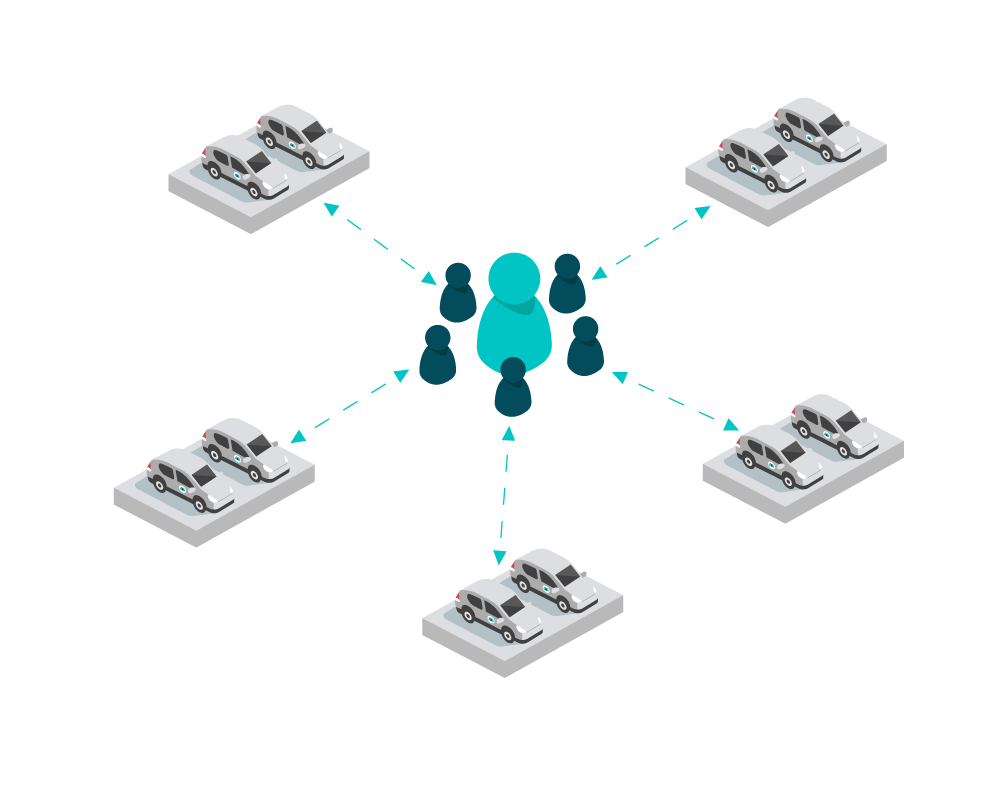
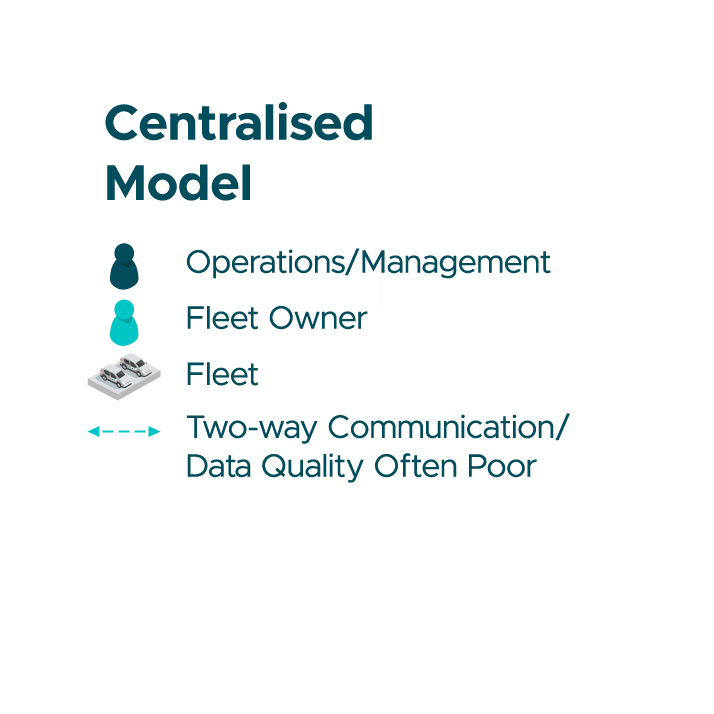
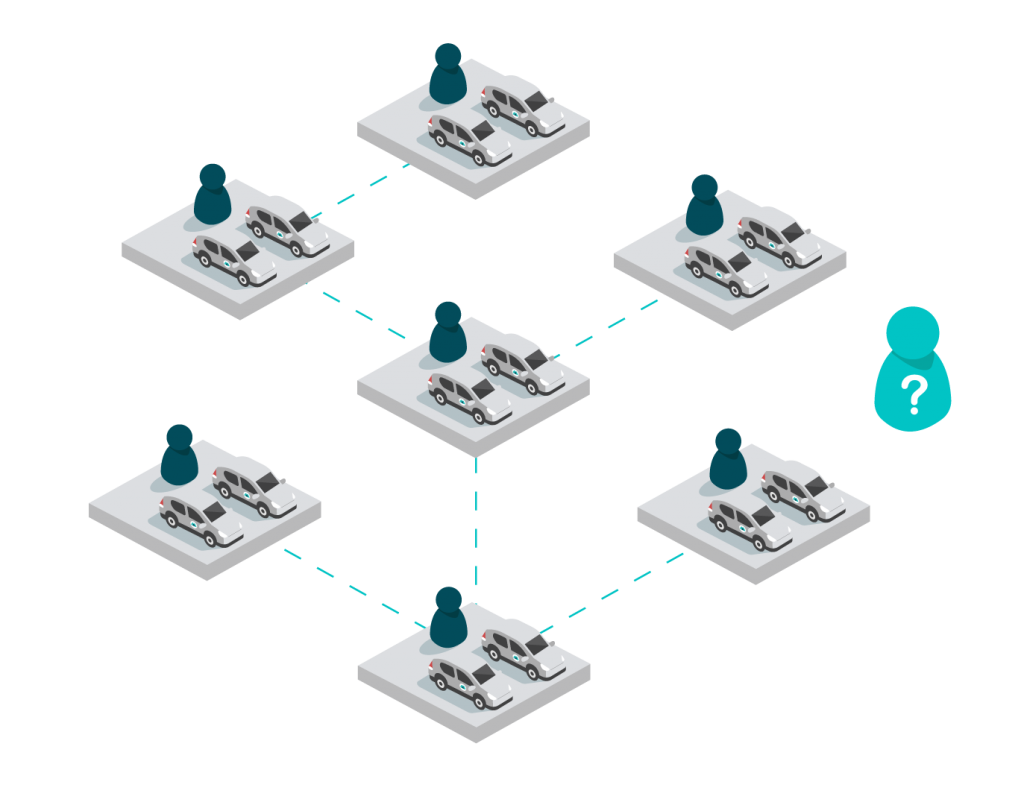

| Centralised | Decentralised |
| Pros | Pros |
| – Streamlined decision making | – Local areas empowered to manage their own fleet |
| – Often allows for consolidation of providers | – Each business area does things in a way that works for them. Eg., Booking a vehicle – some may use a booking system, other areas use a whiteboard |
| – Centralised data | – Often a rural and a regional fleet should be treated in very different ways |
| Cons | Cons |
| – Centralised ‘Fleet teams’ could be 1 staff member who can’t follow up hundreds of staff | – Corporate projects like FBT are very different to run due to a lack of consistent process between areas |
| – Centralised model may not reflect the needs and differences at local levels, being so far away from the users of fleet. | – Cost control very difficult to manage, even obtaining a consolidated fleet list can be an exercise |
| – Often established in organisations by engaging ‘fully outsourced’ fleet management solutions which can be expensive. | – Any sort of overall controls/governance are difficult to implement. |
| – Centralised information often aggregates data collected from various business units which makes is difficult to analyse & interpret. | – Often lacking a centralised ‘Fleet team’, leaving staff in various full-time roles to look after Fleet as an ‘add on’ part of their role. |
A bit about how decentralised fleets develop
Decentralised fleets are an inevitable outcome for companies that experience fast growth, regional expansion, varied company subcultures and external acquisitions. Managing the operations of a regional fleet, say, in rural WA, from the head office in Sydney, is not only unproductive but can become a costly and timely task. However, despite fleet operations strongly benefiting from localised management, the company’s national data still needs to be centralised, in order to accurately reflect the use of the fleet on a national, holistic level.
Best of both worlds?
The Hybrid model of management
At LBM we work with our customers to help them draw on the advantages of BOTH these set ups, with a Hybrid model of management. By centralising local data and decentralising operations, your business can move towards a proactive, solutions orientated and automated model – streamlining management and allowing for a clear chain of responsibility to be established within the company hierarchy. At the same time, each business area (and your people) will be empowered to manage their own section of the business – increasing regional accountability.
The Hybrid Fleet Management Model: Decentralised Operations and Centralised Management
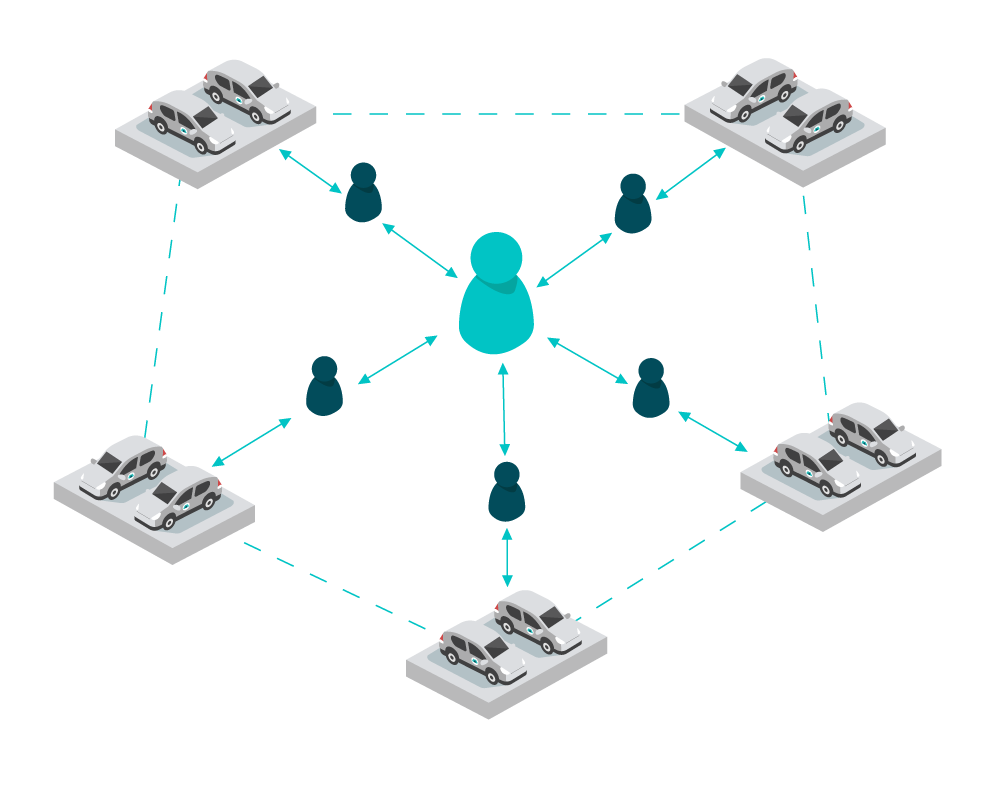
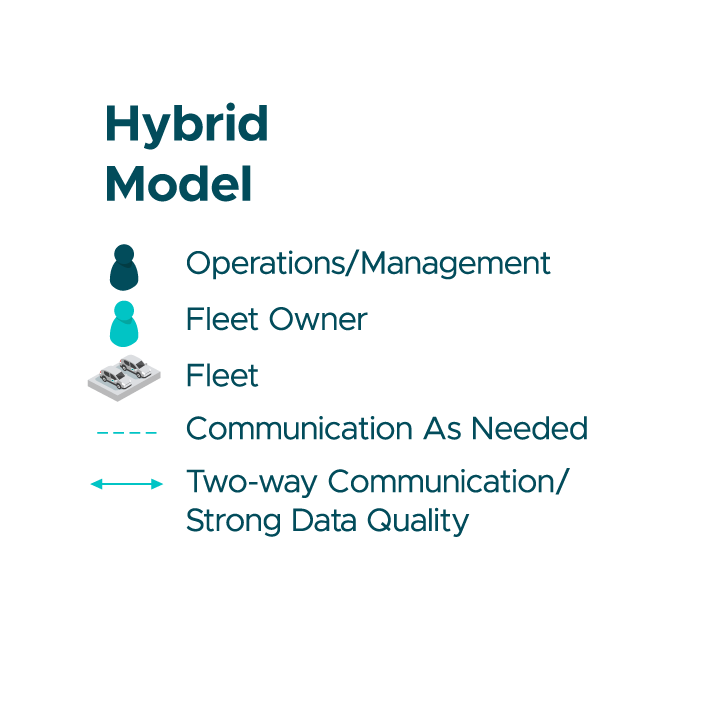
- One centralised database for all information on fleet usage
- Fleet Owners get an accurate, consolidated picture of fleet use across the whole organisation.
- Clear policies established for vehicle use and eligibility, nuances for different regions can be catered for
- Teams and individuals access information that is relevant to their area
- Accountability for use of vehicles and compliance managed locally Team Leaders or local management.
- Exceptions to be escalated to the Fleet Owner.
The model has 4 essential elements:
Fleet Owner
An individual or team that is dedicated (or has within their remit) to owning the management of fleet across the organisation. This is a strategic role which looks at policy setting, establishing rules for optimising the fleet, providing insights and reporting to various internally stakeholders from management to HR and Tax, as well as overseeing the compliance of these policies by local teams. At LBM we see this role taking a variety of forms depending on the organisation and this role may sit in Fleet, Finance, Procurement, Operations or even Tax. Regardless of where this sits however, key to success is ensuring that the owner of fleet and teams around them have the right tools to communicate, access the information they need and clearly defined responsibilities.
Centralised database
Without the right centralised data management system, a company lacks control and visibility over the use of fleet vehicles – making it extremely difficult to generate accurate reports. Instead, ensuring consistency in data can dramatically impact a range of core business areas, from the finance department at tax time, to the human resources team when safety policies are due for review. Local data and reports must be collected in a standardised manner across all regional hubs, in order to consolidate and aggregate reporting on utilisation, safety, logbooks, emissions, tolls and fuel costs, and vehicle sharing (where appropriate) at a national level.
User-based access control
Centralised data management must be functional for all parties – the way information is made available, and to who, is paramount. Ensuring the correct people have secure and automatic access to data not only eliminates breaches but decreases confusion and inconsistent or incorrect reporting. For example, a team leader in Brisbane will have full visibility of the fleet in Brisbane only and will have no visibility over the same company’s Perth fleet. Similarly, the new General Manager of an acquired business should only have access to the information needed for that business.
Striking the correct balance between centralised data (in order to have an overview of the national fleet), and targeted data, will drive constructive localised conversations. This will also ensure that the data is being distributed to the correct people for strategic use, to ensure actionable insights are made available.
Localised Management – the 1st and 2nd line
The final part to the Hybrid model is establishing a process that is scalable as the fleet grows since the fleet owner or function has a set amount of capacity. Driving more accountability to where usage occurs establishes Fleet as the third line of management (first line being the driver, second line being the team leader/manager).
By driving accountability through the various ‘lines’ of management within the business, different regional policies, data systems and cultures can be managed and harmonised. The LBM integrated system has specifically been designed to support such requirements to create one centralised view. The LBM logbook app, integrated pool vehicle booking system and compliance & workflow tools all work together to support local business areas manage their fleet, while reporting overall usage and consumption to owners of fleet centrally.
LBM understands that the role of a fleet manager has traditionally been a very reactive one, however, this can be changed, with the right balance of centralised data and decentralised operations. Fleet Owners can’t manage everything, but they can manage exceptions – which is where the focus should pivot.
If you have more than 20 vehicles and would like to know more about the Hybrid fleet management model, contact the LBM team today.

